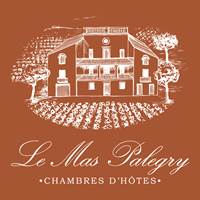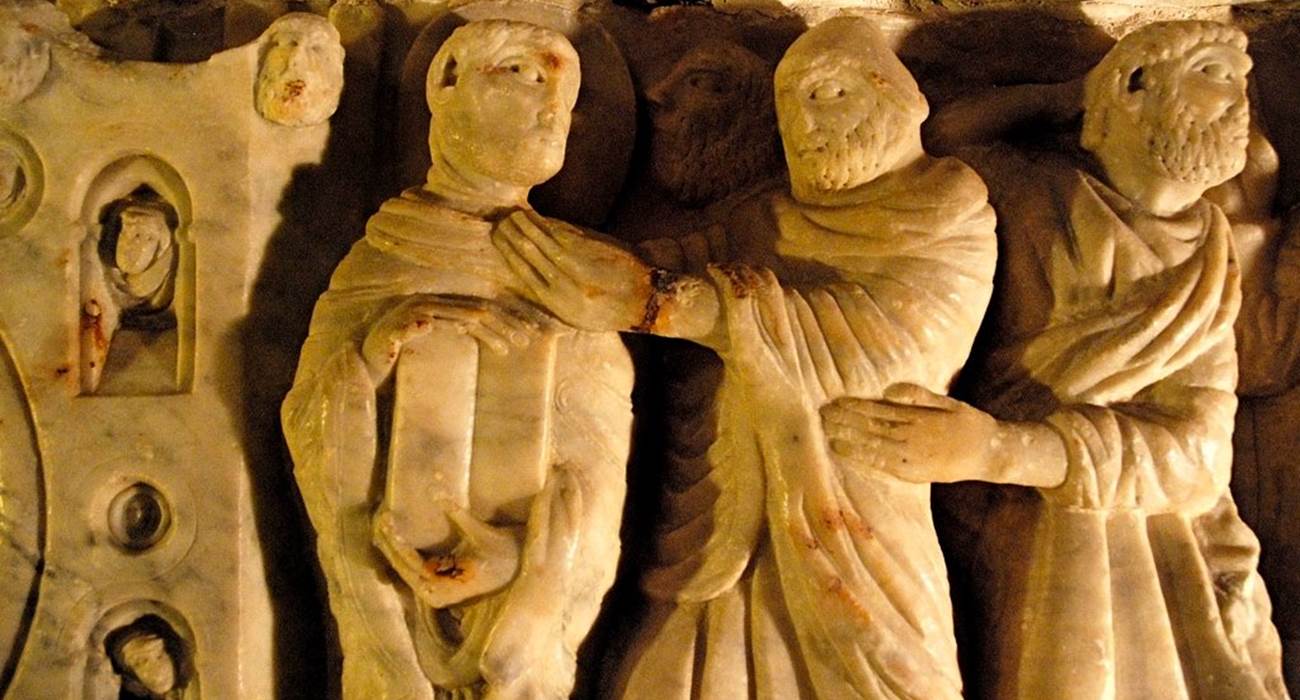The discovery of the Master of Cabestany
Embedded in a modern wall of the Cabestany church, on the cemetery side, the Cabestany tympanum did not attract much attention for several years. Then, starting in 1932, historians and artists noticed and highlighted the particular character of its style, which made it a unique, exceptional work for them.
In the 1940s, this tympanum was compared to other sculptures in the region that had the same characteristics, and it was assumed that all were made by the same unknown artist, who was called: The Master of Cabestany.
This sculptor, who has not signed anything, who is not known from any document, is purely the fruit of a modern look at the art of the Middle Ages in our region.
The visit to the Romanesque Sculpture Centre invites you to follow this perspective and, by admiring reproductions of rare quality of expression, to imagine and construct in your turn the personality of the artist who was able to create them.
The Master's Favorite Subjects
The work of the Master of Cabestany has obviously not been preserved in its entirety. We cannot know if the correspondences that exist between certain works are not fortuitous. However, certain subjects are repeated from one work to another: for example, the Assumption is represented in Cabestany and Rieux-Minervois, Daniel in the lion's den in Saint-Papoul and Sant'Antimo (Italy), the nativity and childhood of Christ on the pillar of Sugana (Italy) and in Boulou. The same is true for certain secondary themes, fantastic animals, lions, headless trumpeters.
Who is the Master of Cabestany?
There are several theories as to the identity of the Master of Cabestany.
Was he a powerful, marginal, and isolated artist? An independent sculptor and pilgrim? A religious figure, a cleric, or even a nobody?
By visiting the Romanesque Sculpture Center, we invite you to develop your own hypotheses.



